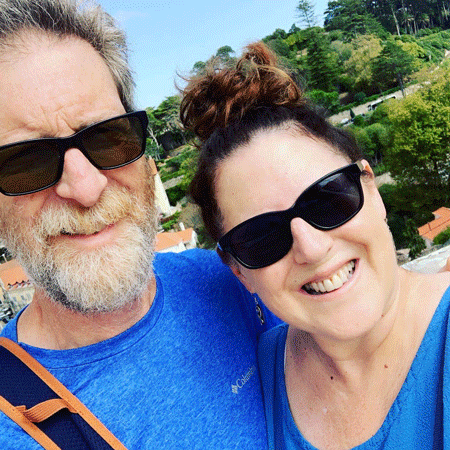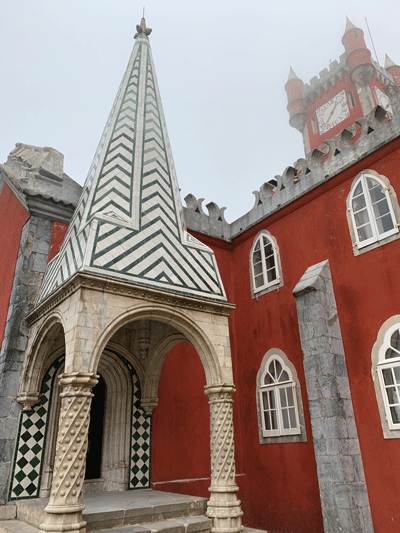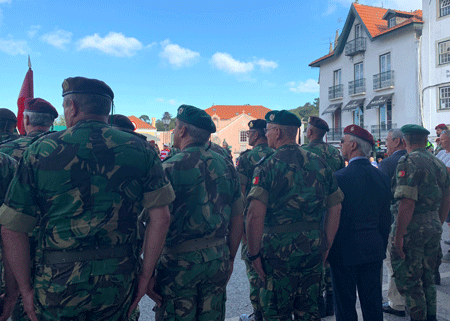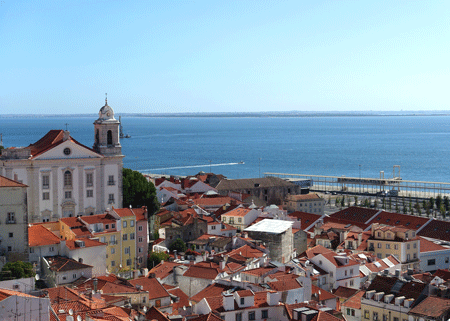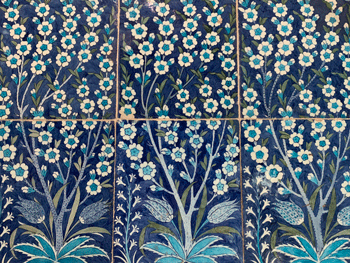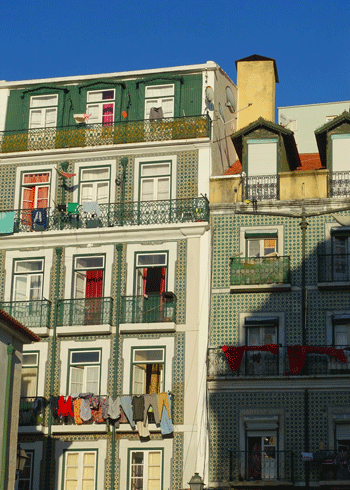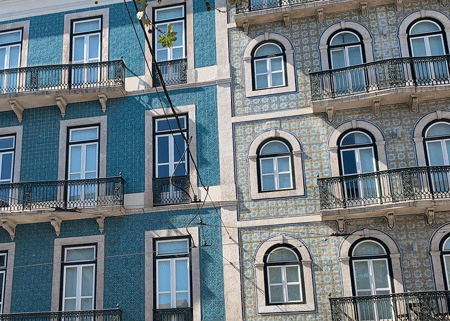Posted October 10, 2019
Low Tide

When I first saw the beaches in Lagos, they took my breath away. It was as if someone picked up the magnificent rock formations of Sedona, Arizona, and deposited them in south Portugal where the land meets the sea.
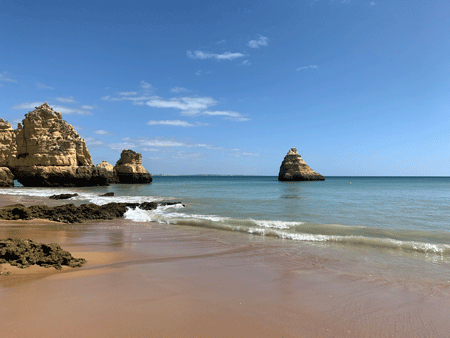
Then, as if the beauty of the gigantic rock formations weren’t enough, Mother Nature carved out cave-like arches and tunnels connecting one small beach to the next.
We checked the tide schedule, so we wouldn’t get stuck on one of the beaches when the tide came in. Some of the passageways were up high on the sand. Others, that close off at high tide, were close to the sea.
Fortunately, low tide was conveniently timed for noon. We started at the first beach by the marina, Praia de Batata, with our REI travel towels, kindles, and sunscreen in hand.
Each beach was its own small cove, each with a slightly different look and feel. I’d say there were five or six beaches over a mile or more.
Praia Dona Ana
We’d heard there were other gorgeous beaches down the coast, and we weren’t disappointed. Praia Dona Ana, about 15 minutes by bus, was heavenly, once I got down the 14 thousand steps (bad knees). For 10 euros we had two lounge chairs and a shade palapa for the entire day.

After a lovely day, it was time to head back to our Airbnb. The bus stop was at the top of the hill, high above the beach. I turned around for one last look at the coast and was treated to the striking view in the late afternoon sun.

Town
Lagos is a charming, picturesque beach town in southern Portugal. And, apparently, word has gotten out. There are lots of tourists milling about, even in the shoulder season.

Lagos is almost picture perfect, with its cobblestone streets that open up into intimate squares, covered in the customary black and white tile patterns. The squares are filled with bright, colorful tiled homes, fountains, flowers and trees, and the occasional talented street performer singing popular songs from home.
Our Airbnb
I was quite excited that our Lagos Airbnb had a washer. After almost two weeks we could give our clothes a “proper” wash. Unfortunately for us, there was no laundry detergent provided at the flat and we could only find large size bottles at the market, which didn’t make sense for a wash or two (and were too big to take with us to the next town). Major letdown. Well, more hand washing was definitely on the agenda.
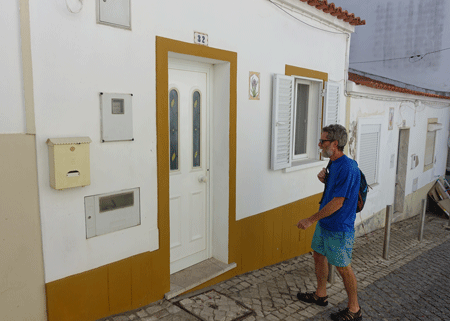
Wins & Losses
Wins
- After a day at Praia Dona Ana, we hopped on the bus. Unfortunately it was going the wrong direction. We did, however, get a good look at the beach further down the coast, for the win!
- Ate sensational Mexican food all three nights in town, once at The Green Room, and twice at Beats & Burritos
- Found a working toilet at a cafe with only 15 minutes of searching after a water main broke and left us with no water (or toilet or shower) for 12 hours on our second day in town.
Losses
- Steve made it back to our Airbnb after a beach day without his high-tech, fast drying, grey compact travel towel. Down one travel towel.
- Our Airbnb was super teeny-tiny, had a distinctive mildew smell, and a loud bar across the street, open until 2 am. Hooray for ear plugs.





